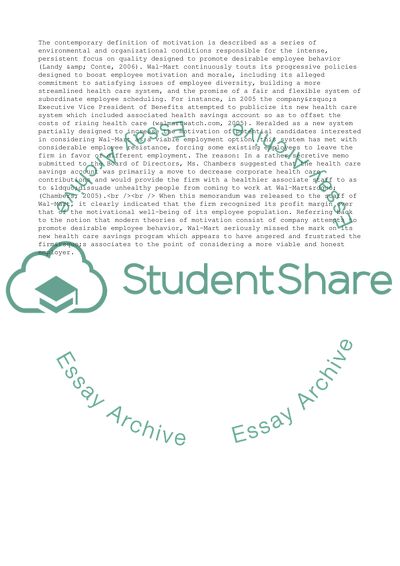Cite this document
(Improper Organizational and Managerial Policies at Wal-Mart Case Study, n.d.)
Improper Organizational and Managerial Policies at Wal-Mart Case Study. Retrieved from https://studentshare.org/management/1711037-unsuccessful-application-of-organizational-behavior-concepts-in-any-organization
Improper Organizational and Managerial Policies at Wal-Mart Case Study. Retrieved from https://studentshare.org/management/1711037-unsuccessful-application-of-organizational-behavior-concepts-in-any-organization
(Improper Organizational and Managerial Policies at Wal-Mart Case Study)
Improper Organizational and Managerial Policies at Wal-Mart Case Study. https://studentshare.org/management/1711037-unsuccessful-application-of-organizational-behavior-concepts-in-any-organization.
Improper Organizational and Managerial Policies at Wal-Mart Case Study. https://studentshare.org/management/1711037-unsuccessful-application-of-organizational-behavior-concepts-in-any-organization.
“Improper Organizational and Managerial Policies at Wal-Mart Case Study”. https://studentshare.org/management/1711037-unsuccessful-application-of-organizational-behavior-concepts-in-any-organization.


